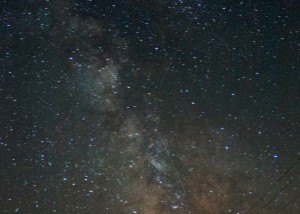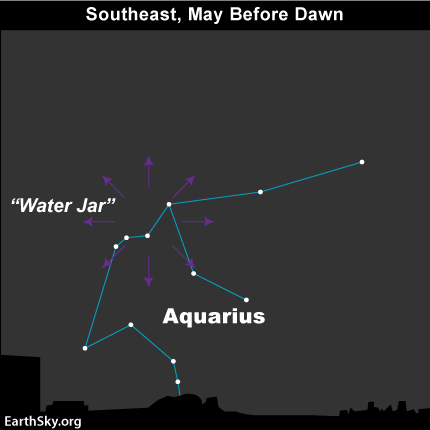User login
Quick Links
Original Articles
-
Sep 4 9:31pm
-
Jul 25 9:28pm
-
Jul 13 6:31pm
-
Jul 9 6:53am
-
Jul 4 11:17am
The GFP Newsletter
Latest news
-
Sep 4 9:31pm
-
Jul 25 9:28pm
-
Jul 13 6:31pm
-
Jul 9 6:53am
-
Jul 4 11:17am
-
Jul 1 10:29am
-
Jun 29 7:15am
-
Jun 23 9:41pm
-
Jun 16 12:37pm
-
Jun 4 10:01pm
-
Jun 3 9:55pm
-
May 30 9:40pm
Member's Blogs & Forum Posts
-
BlogJan 19 7:33am
-
BlogJan 14 1:08pm
-
BlogJan 14 1:06pm
-
BlogJan 12 6:13am
-
BlogJan 5 7:40am
-
BlogDec 29 9:39am





